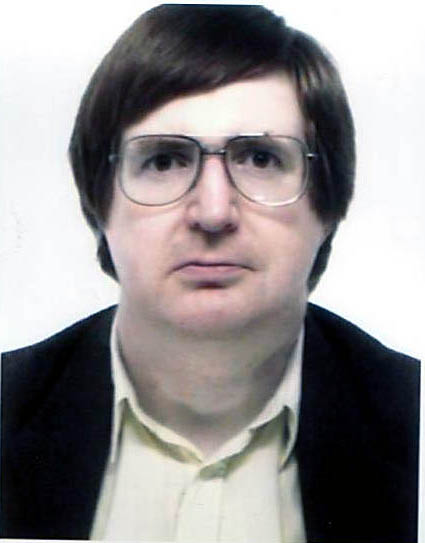The late Terence McKenna (1946-2000), an inveterate American ‘psychonaut’, and user of various hallucinogens, mostly – though not exclusively – of the naturally occurring variety, describes in The Archaic Revival (HarperSanFrancisco, 1991), making the acquaintance of creatures he describes as ‘self-replicating machine elves’ during the course of his ‘trips’ under the influence of the psychedelic, N,N-dimethyltryptamine (DMT), a substance produced in the body, and found in various plants and fungi, including the South American shrubs, Psychotria viridis and Mimosa tenuiflora (the root bark of the latter contains 1% DMT).
Dr Rick Strassman, in his book DMT: The Spirit Molecule (2001), describing his research with the drug conducted whilst Professor of Psychiatry at the University of New Mexico in Albuquerque, NM, also gives details of subjects’ hallucinogenic experiences of ‘alien beings’, and of speaking with them, or even being experimented on by them, like the alleged victims of ‘alien abductions’. In one case, a subject reported being anally raped by one that appeared similar to a crocodile! As with McKenna’s experiences, these hallucinations were often extremely complex, and seemed to take place in some sort of ‘parallel world’, or alternate dimension.
Many of the experiences recorded by the psychotropic drug-users in The Vaults of Erowid are in similar vein. One ‘alien entity’ experienced by a DMT user calling himself ‘RogDog’, an obviously talented artist, even if his work might not be to everyone’s taste, is shown here: http://rogdog.deviantart.com/art/DMT-Dimethyltryptamine-Entity-14046221.
My question is, are any of these ‘aliens’ real? That might well seem a foolish question. Of course they’re not real – they’re the product of hallucinations! In which case, why do so many people experience them?
Of course, no experience, not even an hallucinatory one, is unmediated. Since Kant, we have known that a naïve realism will not do. But whereas Kant was able to distinguish between the noumenal and phenomenal world, and argued, in his Kritik der reinen Vernunft, that our perception of phenomena took place solely within the framework of the Categories, what he did not do was what later philosophers, as diverse as Marx and Nietzsche did, which was to understand that our view of the world is shaped by the cultural, social and historical milieu in which we live.
Aliens, UFOs, and alien abductions play a role that fairies and elves once did in the folklore of
Vallée is an advocate, with the late J Allen Hynek (1910-86), of the so-called Inter-dimensional (or Extra-dimensional) Hypothesis (IDH/EDH) regarding UFOs and aliens (see: http://en.wikipedia.org/wiki/Interdimensional_hypothesis).
In the book he co-wrote with Hynek, The Edge of Reality: A Progress Report on Unidentified Flying Objects (1975), and his own book, Messengers of Deception: UFO Contacts and Cults (1980), it is made clear that neither man has much faith in the conventional view of UFO-believers that these aerial phenomena are spacecraft of extra-terrestrial origin, occupied by intelligent beings from outwith our Solar System. Rather, they prefer to believe that UFOs are from some other reality, and the beings inside them – if there are any – are denizens of that ‘other realm’.
It is an intriguing idea, and one I shall return to ere long. What connection might there be between the Mayan Long Count Calendar, McKenna’s ‘novelty theory’, and these aliens? For one view of matters, see: http://en.wikipedia.org/wiki/2012_phenomenon; for another (by John Major Jenkins), see: http://alignment2012.com/mc2012summary.html.
